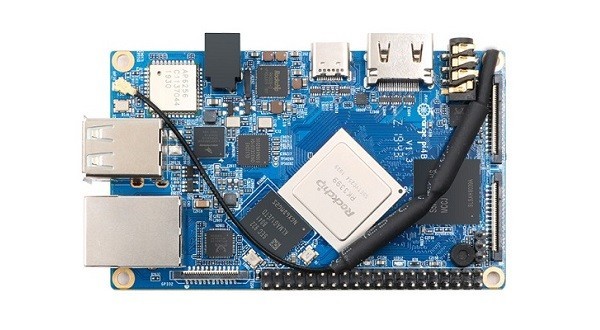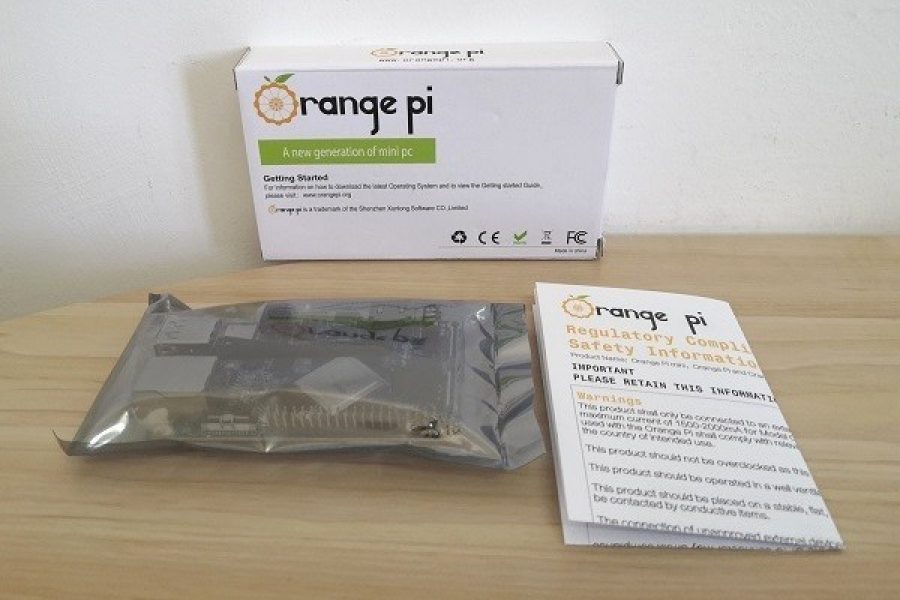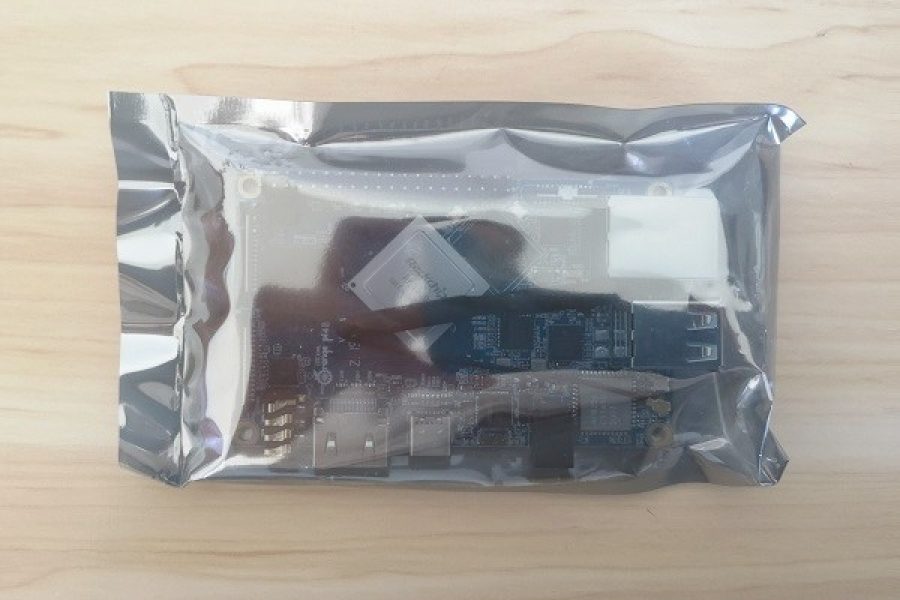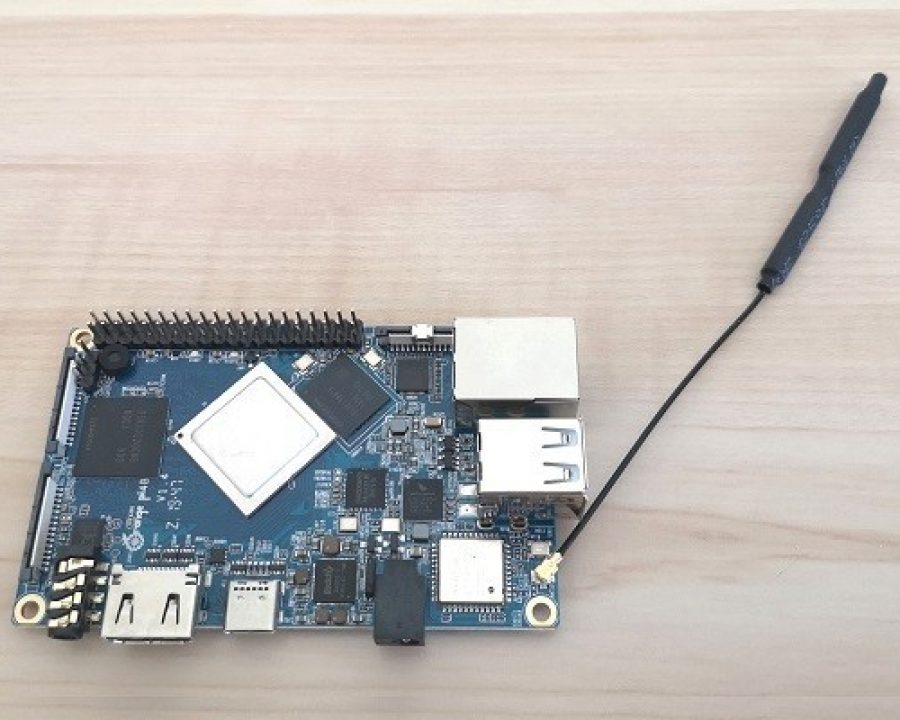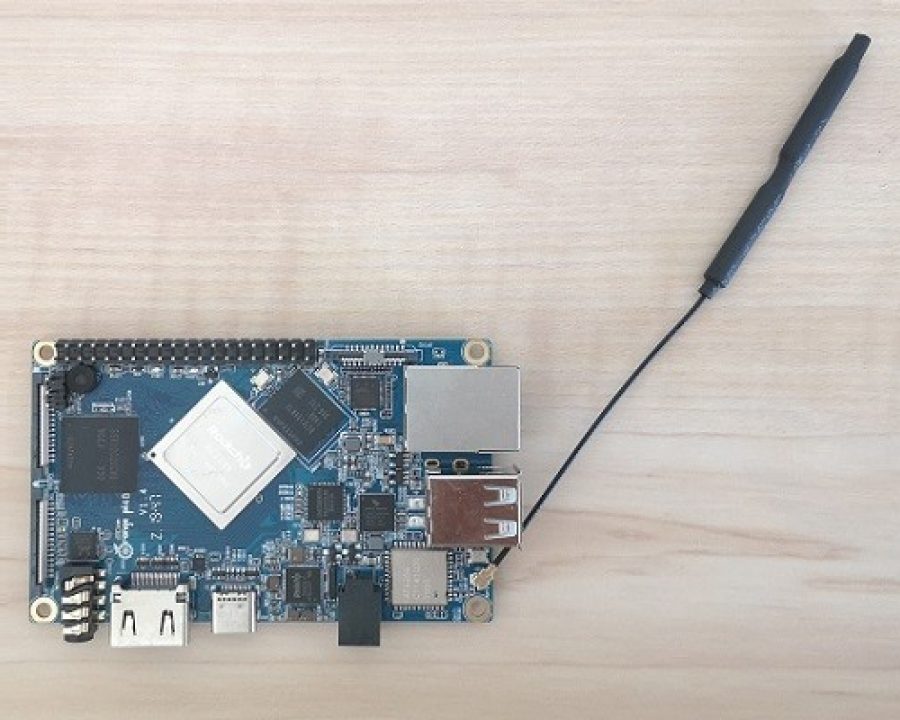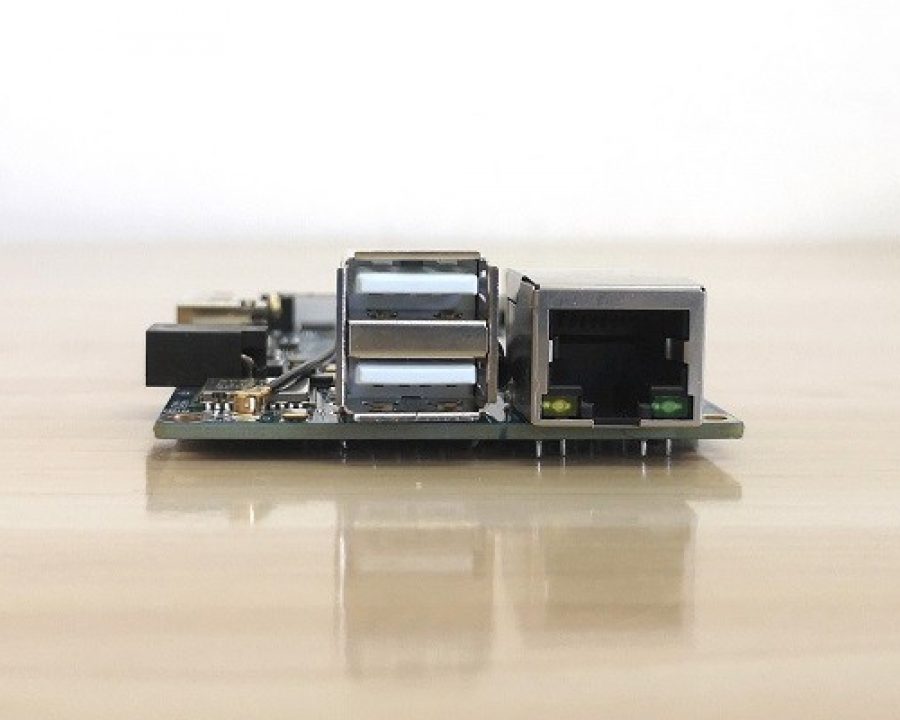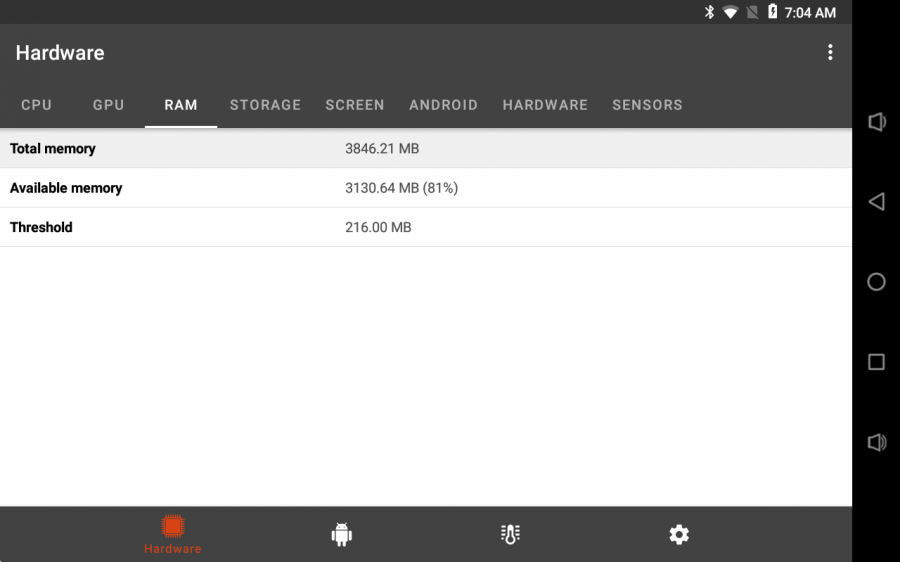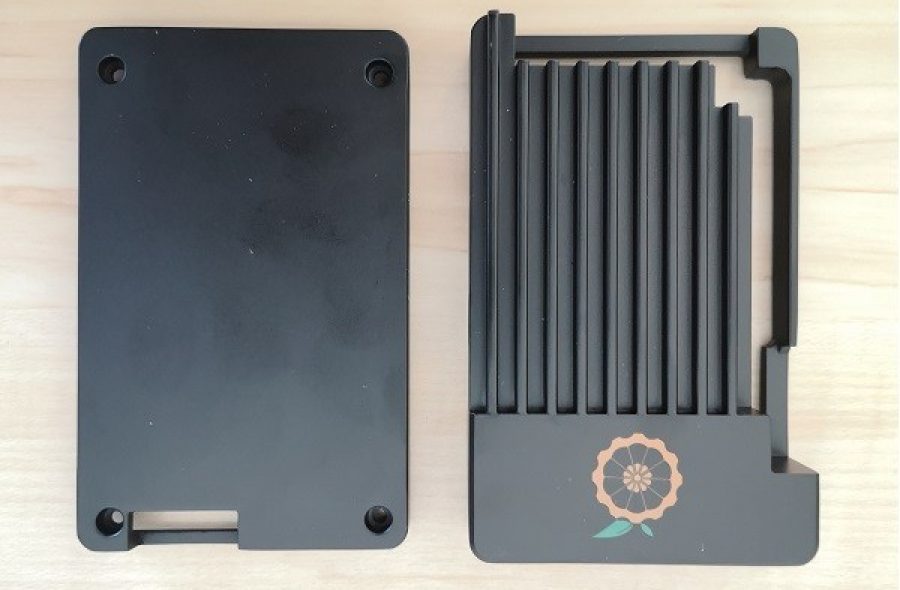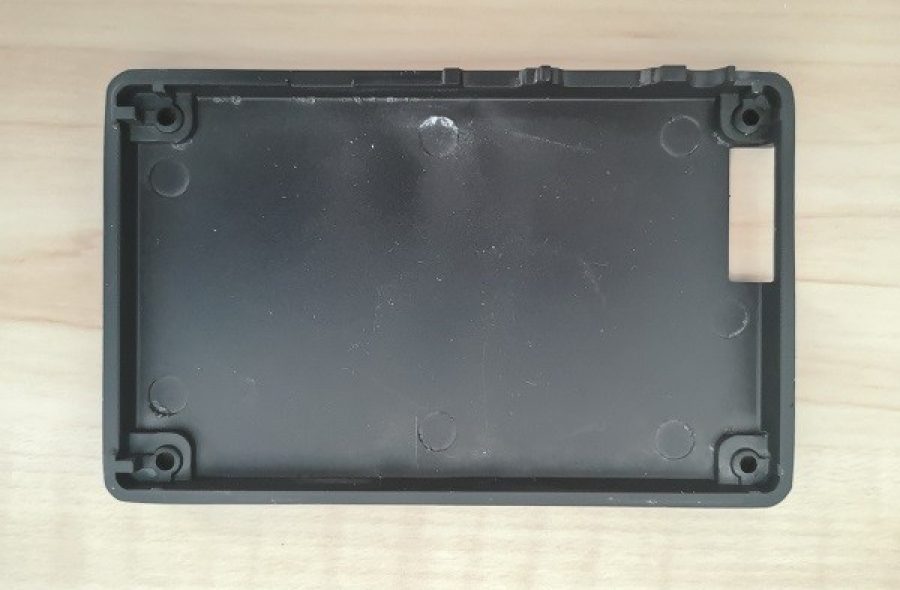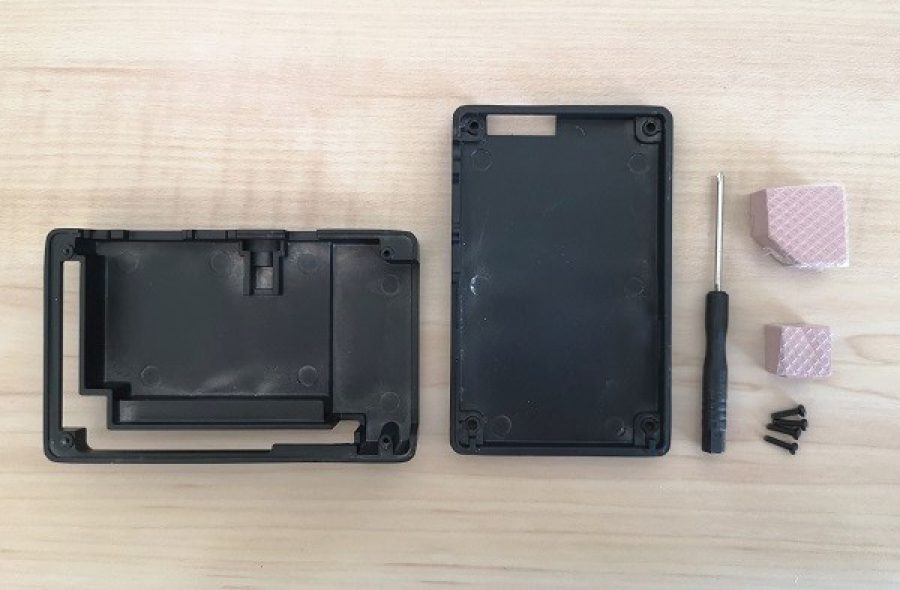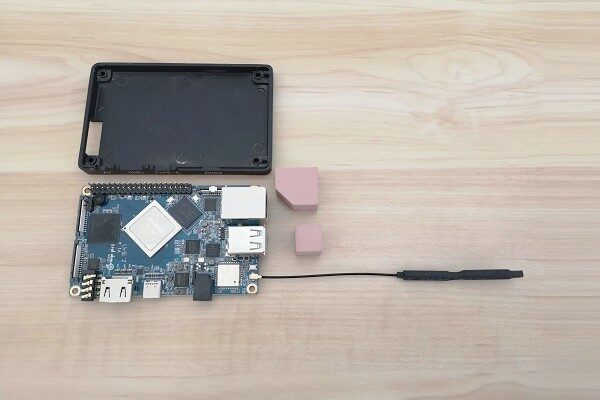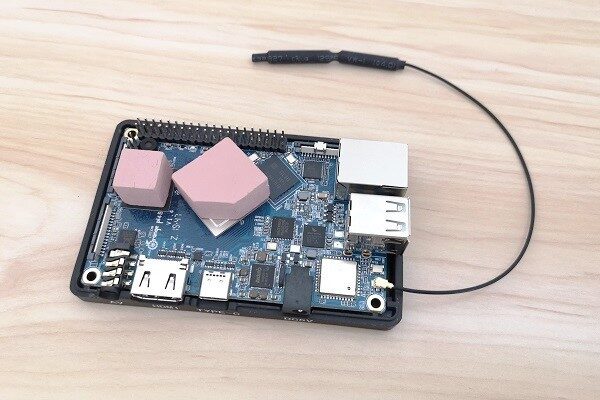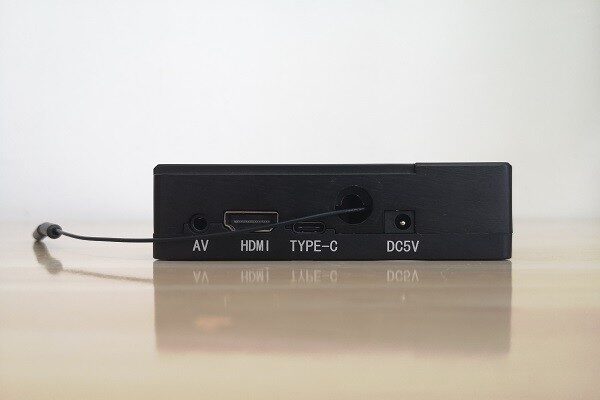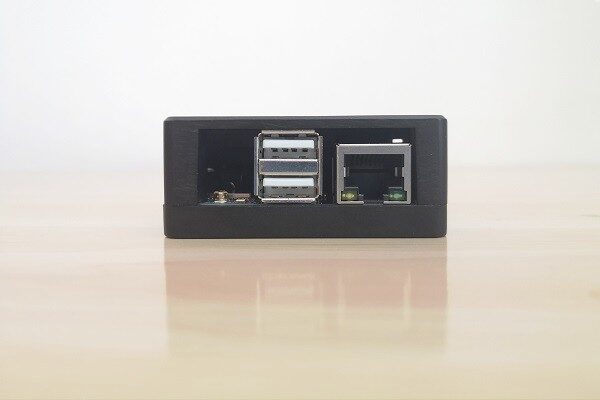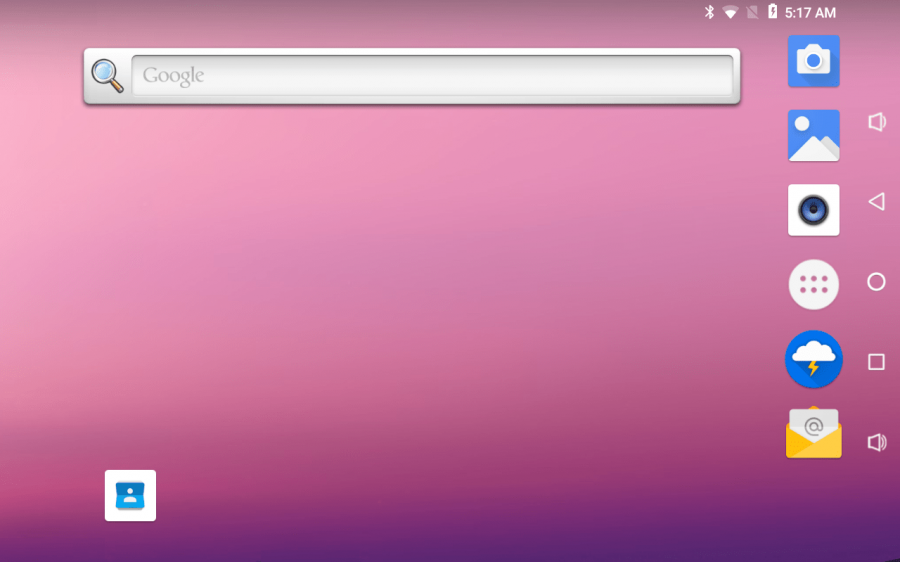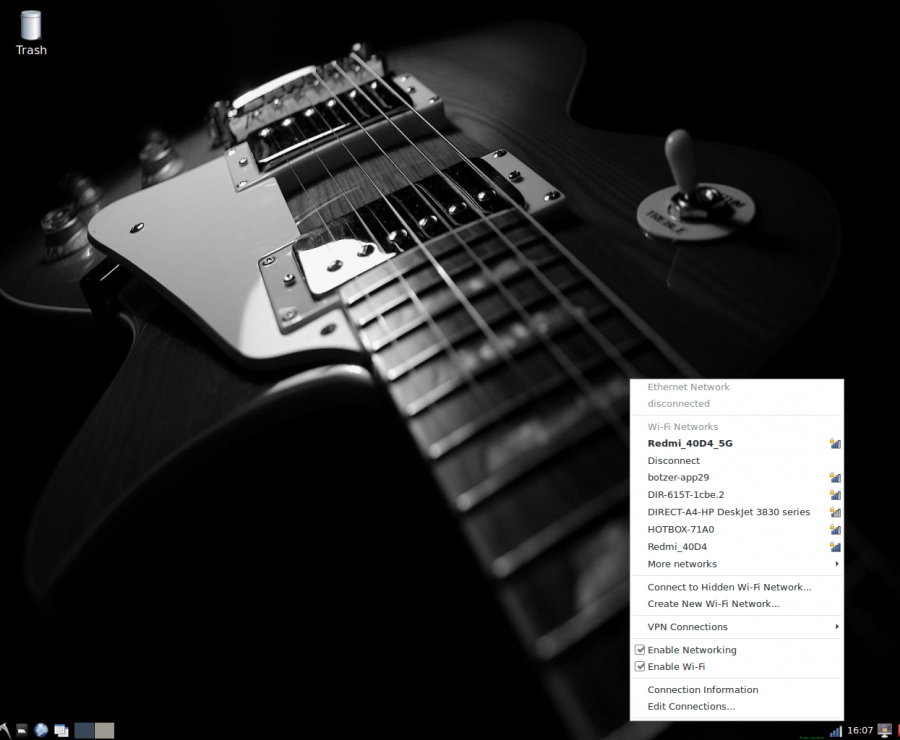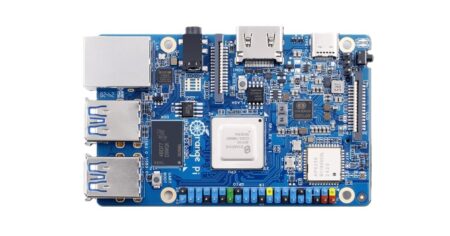Orange Pi 4 Review
The first enhancement of the new Orange Pi 4 SBC board series is expected to be available in about two weeks. Following the gained popularity of the Rockchip SoC solution amongst known Chinese brands such as the FriendlyElec Nano Pi M4v2 boards that are also based on the Rockchip RK3399 solution.
The new Orange Pi 4 comes with a few hardware improvements worth checking. For example, a DC power input port was added for more stable power requirements with an additional USB Type-C port that can also be used to power the board. Another advantage is the 16GB eMMC chip that is soldered on the PCB, so you will not have to buy a separate eMMC module.
Highlighted features include the On-board Microphone unit, Power Management Unit (PMU) chip, 4GB RAM, and a 24-pin PCIe Interface. However, it is important to note that the Orange Pi 4B edition only includes a pair of USB V2.0 ports and lacks support for USB 3.0 host ports.
As per the official company announcement, the Orange Pi 4B has been specifically designed to excel in artificial intelligence applications, particularly in the realm of deep learning. To enhance the performance, it is equipped with the cutting-edge Gyrfalcon Lightspeeur 2801S AI accelerator chip/NPU, developed by the reputed Gyrfalcon Technology Inc. When it comes to the software aspect, the Orange Pi 4/B boards are anticipated to offer extensive support for Android 8.x, as well as Armbian Linux and any upcoming distributions.
Orange Pi 4B Product video
Orange Pi 4B: Interfaces



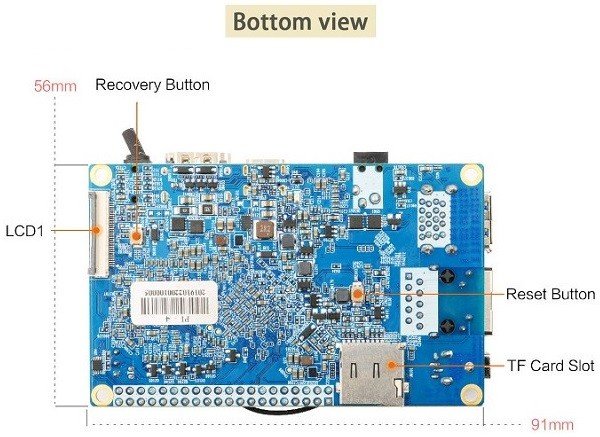
Orange Pi 4/B Specification
- SoC – Rockchip K3399 Hexa-core big.LITTLE processor with two Arm Cortex A72 cores, four Cortex A53 cores, and an ARM Mali-T860 MP4 GPU with support for OpenGL 1.1 to 3.1 support, OpenVG1.1, OpenCL and DX 11
- System Memory – 4 GB LPDDR4
- Storage – 16 GB eMMC flash, micro SD card
- NPU (Orange Pi 4B only) – Gyrfalcon Lightspeeur SPR2801S NPU delivering up to 2.8TOPS @ 300mW, 5.6 TOPS @ 100 MHz (peak performance)
- Video Output/Display Interface
- HDMI 2.0 up to 4K @ 60 Hz
- LCD connector – DisplayPort (DP) version 1.2
- Video Decode – 4K VP9 and 10-bit H.265 video codec support up to 60 fps
- Audio – 3.5 mm audio jack for headphones; HDMI digital audio output; built-in microphone; ALC5651 codec
- Connectivity – Gigabit Ethernet port (via RTL8211E transceiver), dual-band 802.11ac 2×2 MIMO WiFi and Bluetooth 5.0 LE (AP6256 module)
- USB
- Orange Pi 4 – 1x USB 3.0 port, 2x USB 2.0 host ports, 1x USB 3.0 type C port
- Orange Pi 4B – 2x USB 2.0 host ports, 1x USB 3.0 type C port
- Camera – 2x camera headers
- Debugging – 3-pin serial header
- Expansion
- 40-pin GPIO 2.54mm pitch female header with 2x I2C, 1x SPI, 8x UART, GPIO, etc…
- 24-pin connector for PCIe signals
- Power Supply
- 12V/2A via DC jack (5.5/2.1mm)
- 5V3A DC via type C port
- RK808 PMU
- Dimensions – 91 x 56 mm
Package
Package Content
- 1x Orange Pi 4/B
- 1x User manual
- 1x Wi-Fi Antenna (wire type)

Hardware
The Orange Pi 4B hardware is based on the popular Rockchip’s RK3399 system-on-chip processor, equipped with a six-core design, that is divided into two clusters, both running “up to” 2GHz; a dual-core Arm Cortex-A72 cluster handles high-demand tasks; a quad-core Arm Cortex-A54 cluster is on-hand for less-demanding work as a means of saving power.
Orange Pi 4B
Orange Pi 4 vs Orange Pi 4B
If you are asking yourself what’s the difference between the 4 and 4B editions, the answer lies in the PCB design. The Orange Pi 4B model comes with a pair of USB 2.0 hosts and also includes an integrated high-performance NPU coprocessor that is more suitable for the development of products involving deep learning capabilities.
While the Orange Pi 4B only has two USB 2.0 Hosts, the Orange Pi 4 comes with a total of three USB hosts: Two USB 2.0 Hosts, plus an additional USB 3.0 host. As for the rest of the specs including all interfaces, they remain identical. Xunlong company didn’t add a power button but included a reset push button located on the back of both boards which makes it impossible to access it if you are using the Orange Pi 4/B metal case.
Metal Case (Optional)
The metal aluminum case is an optional accessory worth considering buying for a few extra dollars. I recommend it because Rockchip RK3299 CPU tends to heat, and it’s a must-have item if you want to keep your board cooler. In terms of design, I less liked the idea of using such large-length thermal conductive pads to pass the extra heat through the Case shell, but still, it’s better than the alternatives using a simple plastic case, and it does cool the CPU very well.
The core temperature of the Orange Pi 4/B can start from 52C and above depending on how much you really stress/load the CPU. We are talking about a very reasonable temperature range compared to the Raspberry Pi 4 SBC which also tends to heat up. If you touch the case, especially when the hardware is under high stress, you can feel the heat level by just touching the case.
Orange Pi 4B Case
Assembling the Orange Pi 4B inside the metal case.
Software
In the software arena, the Orange Pi 4/B offers about four types of images available on the official orange pi website. You have Debian, Ubuntu, and Armbian Linux distribution specially designed for embedded computing that works very stable. Android 8. x is also supported and worked very smoothly for me. from 4GB RAM, the OS used only 20% and from a total of 16GB of internal storage (flash memory), only $5.5GB was used.

Ubuntu Xenial Desktop
Armbian Focal Desktop
The best user experience for me was running Armbian OS based on Debian. The diversity of software packages that came preinstalled in the distro was excellent, and basically everything worked smoothly and fast.

CPU Temperature reading under Armbian
In idle mode, the CPU core temperature was pretty high, starting from approximately ~55-60C. At a regular operation without running intensive CPU tasks, you can expect CPU temperature to rise to 74-80C, which is exceptionally high.
Armbian Focal Desktop | Htop
Monitoring CPU cores frequency/temperatures, and memory in real-time using Htop process viewer.

Memory consumption under Armbian
| – | used | used | free | shared | buff/cache | available |
| Mem | 3959552 | 483300 | 2117344 | 184540 | 1358908 | 3201604 |
| Swap | 1048572 | 0 | 1058572 | – | – | – |
Results: 483MB of 3959 MB RAM are utilized.
Raspberry Pi 4 vs Orange Pi 4B
- Running the test with the following options:
Number of threads: 4 - Maximum prime number checked in CPU test: 20000
sysbench –num-threads=4 –test=cpu –cpu-max-prime=20000 –validate run
Orange Pi 4B (Rockchip RK3399)
CPU: 6-core ARM® 64-bit processor – (2x Cortex-A72 at up to 2.0GHz, 4x Cortex-A53).
sysbench 1.0.18
CPU speed:
events per second: 1883.78
General statistics:
total time: 10.0022s
total number of events: 18856
Latency (ms):
min: 1.26
avg: 2.12
max: 7.12
95th percentile: 6.21
sum: 39997.04
Threads fairness:
events (avg/stddev): 4714.0000/3093.50
execution time (avg/stddev): 9.9993/0.00
Raspberry Pi 4 (Broadcom BCM2711)
CPU: 4-core ARM® 64-bit processor – (4x Cortex-A72 at up to 1.5GHz)
sysbench 0.4.12
Test execution summary:
total time: 62.8740s
total number of events: 10000
total time is taken by event execution: 251.4166
per-request statistics:
min: 24.94ms
avg: 25.14ms
max: 115.22ms
approx. 95 percentile: 25.08ms
Threads fairness:
events (avg/stddev): 2500.0000/4.58
execution time (avg/stddev): 62.8541/0.01
Results comparison Table (Latencies in ms)
A note: lower values are better!
| SBC Brand | Min | Avg | Max | Approx |
| Orange Pi 4 | 1.26 | 2.12 | 7.12 | 6.21 |
| Raspberry Pi 4 | 24.94 | 25.14 | 115.22 | 25.08 |
Results:
Based on the above latency results, the clear winner in CPU performance is the Orange Pi 4 SBC over the Raspberry Pi 4.
Stress Test
For our test, we used the stress-ng tool to run up to 8 CPU stressors, 4 I/O stressors, and one virtual memory stressor using 1GB of virtual memory for one minute by executing the following commands below.
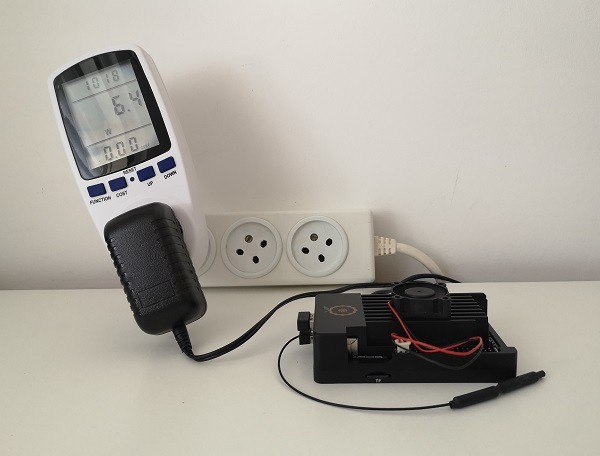
- stress-ng –cpu 2 –io 4 –vm 1 –vm-bytes 1G –timeout 60s –metrics-brief
- stress-ng –cpu 4 –io 4 –vm 1 –vm-bytes 1G –timeout 60s –metrics-brief
- stress-ng –cpu 6 –io 4 –vm 1 –vm-bytes 1G –timeout 60s –metrics-brief
- stress-ng –cpu 8 –io 4 –vm 1 –vm-bytes 1G –timeout 60s –metrics-brief
| under load | Min CPU Frequency (GHz) | Max CPU Frequency (GHz) | Min Temp (Celsius) | Max Temp (Celsius) | Min Wattage (W) | Max Wattage (W) |
| 1 | 600 MHz | 1.51 GHz | 41.7 | 70 | 16.4 | 18 |
| 2 | 600 MHz | 1.51 GHz | 45 | 81 | 17.3 | 20.4 |
| 3 | 600 MHz | 1.51 GHz | 45 | 81 | 18.4 | 21.4 |
| 4 | 600 MHz | 1.51 GHz | 45 | 80 | 18.2 | 21.4 |
Test results
- Under heavy stress load, the CPU critical core temperature reached up to 80-82C, and then the board automatically shut down to avoid hardware damage.
- The average wattage usage of the Orange Pi 4B board in our stress test was between 18-21.4W.
Solving CPU Overheating & How to Keep it Cool
The best and most straightforward approach to reduce the temperature by 5°C is placing a small fan on top of the Orange Pi 4/B case logo. You can use a single or a dual-fan array unit composed of a thick Heat sink with a double side adhesive thermal sticker.
- For more detailed information, check Aokin AliExpress store.
- External dimensions: 51 x 25 x 13 mm

Neural Processing
The Orange Pi 4B is equipped with the revolutionary Lightspeeur® 2801S chip, developed by Gyrfalcon Technologies. This cutting-edge deep-learning CNN accelerator chip takes deep-learning applications to a whole new level. The Lightspeeur® 2801S NPU chip is specifically crafted to handle audio and video processing, empowering AI devices for both desktop and data center environments. Experience the power of advanced AI technology with the Orange Pi 4B’s state-of-the-art hardware.
Orange Pi 4B Lightspeeur® 2801 Chip (Marked in yellow)

The Orange Pi 4B is a powerful board that offers exceptional performance. However, I encountered a slight problem with CPU overheating when I placed the board inside the Orange Pi 4/B metal case. Fortunately, this issue can be easily resolved by installing a small cooling fan on top of it, effectively dissipating excess heat away from the case shell. If you are interested in this product, I invite you to explore further details on the ChipBoard Development Store (link provided below).
